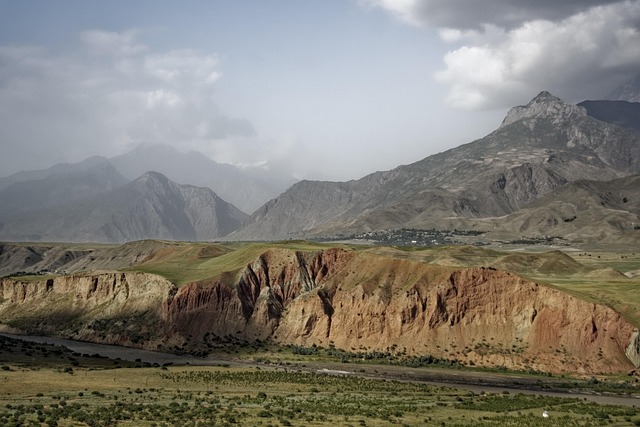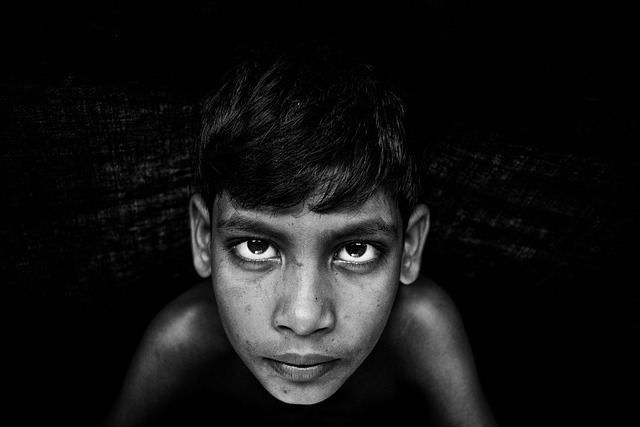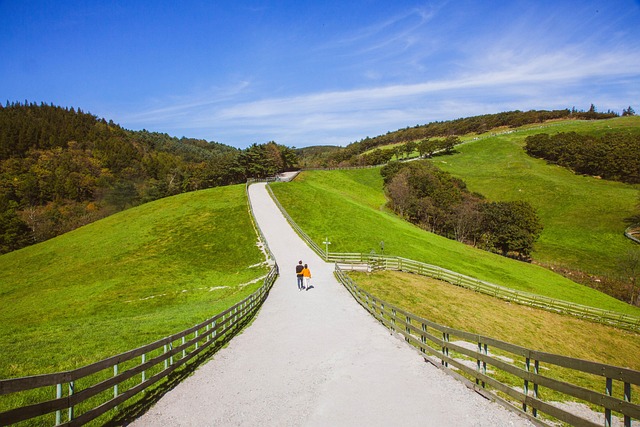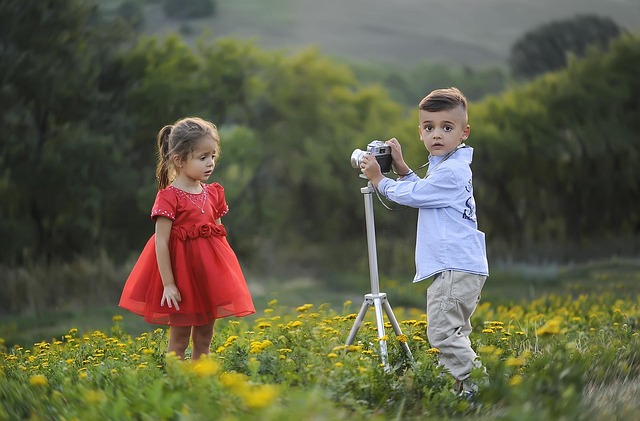The W. E. Sears lawsuit against Valley Springs Youth Ranch brought to light a period of alleged abuse and neglect, marking a pivotal moment for survivors' rights. This legal action aimed not only at compensation but also at ensuring transparency and accountability in care institutions to prevent future atrocities. By sharing their stories through lawsuits, survivors gain access to justice, drive systemic changes, and foster a culture of accountability within the community. The process involves meticulous documentation, consultation with experienced attorneys, and navigating complex legal procedures, ultimately aiming to support survivors well into adulthood.
In the wake of revelations at Valley Springs Youth Ranch, survivors are seeking justice through lawsuits against W.E. Sears. This article delves into the complex landscape of advocacy for Valley Springs survivors, focusing on the impact of legal action sparked by the W.E. Sears lawsuit. We explore how these legal steps protect and restore rights, while providing a roadmap for individuals navigating the process. Understanding the Valley Springs Youth Ranch and the subsequent W.E. Sears Lawsuit is crucial in unraveling this saga of healing and accountability.
- Understanding the Valley Springs Youth Ranch and W E Sears Lawsuit
- The Impact of Legal Action on Survivors' Rights and Justice
- Navigating the Process: Steps for Those Seeking Advocacy Through Lawsuits
Understanding the Valley Springs Youth Ranch and W E Sears Lawsuit

Valley Springs Youth Ranch (VSYR), nestled in a serene landscape, was once a bustling hub for at-risk youth, aiming to foster growth and transformation through various programs. However, behind the facade of its game-changing initiatives, it’s alleged that VSYR became a crucible of abuse, leaving profound scars on many survivors. This dark chapter led to a significant lawsuit against the ranch and its founder, W. E. Sears, marking a pivotal moment in seeking justice for the victims.
The W. E. Sears Lawsuit brought to light the alleged systematic mistreatment and neglect that occurred within VSYR’s walls. Survivors shared their stories of emotional and physical abuse, highlighting the profound impact on their lives. This legal battle not only aimed to secure compensation for the survivors but also to ensure that such atrocities are never repeated, emphasizing the need for transparency and accountability in care institutions.
The Impact of Legal Action on Survivors' Rights and Justice

Legal action, such as the W E Sears lawsuit against Valley Springs Youth Ranch, has a profound impact on survivors’ rights and the pursuit of justice. When survivors come forward to file lawsuits, it not only provides them with a platform to share their stories but also ensures that the institutions responsible are held accountable for their actions. This process is crucial in bringing awareness to potential abuses and can lead to systemic changes, preventing similar tragedies from occurring again.
Through legal action, survivors can access justice, receive compensation for their suffering, and ensure that their voices are heard. The W E Sears lawsuit has the potential to reverberate through the community, fostering a culture of transparency and accountability. This is especially significant in cases like Valley Springs Youth Ranch, where the impact of abuse can be long-lasting and far-reaching, affecting individuals’ lives well into adulthood.
Navigating the Process: Steps for Those Seeking Advocacy Through Lawsuits

Navigating the legal process for advocacy can be daunting, especially for survivors seeking justice in cases like those involving Valley Springs Youth Ranch and the W. E. Sears lawsuit. The first step is to gather all relevant information and documentation related to their experiences. This includes any evidence, records, or testimonies that can support their claims. It’s crucial to understand the specific allegations and the legal basis for the lawsuit against individuals or institutions responsible.
Next, survivors should consult with experienced attorneys who specialize in personal injury or civil rights law. These professionals can guide them through each stage of the litigation process, ensuring their rights are protected. They will help draft legal complaints, file necessary paperwork, and represent the survivors in court. The process may involve depositions, where testimonies are given under oath, and expert witnesses who can provide crucial insights into the case. Ensuring proper documentation and a thorough understanding of the lawsuit’s progress is essential for a successful outcome.
The Valley Springs Youth Ranch and W E Sears Lawsuit have brought much-needed attention to the survival stories of former ranch residents, emphasizing the power of legal action in seeking justice for victims. By understanding the historical context and navigating the legal process, survivors can take a proactive step towards healing and ensuring their voices are heard. This conclusion highlights the importance of advocacy through lawsuits as a means to hold institutions accountable and foster a sense of closure for those affected by such traumatic experiences.
